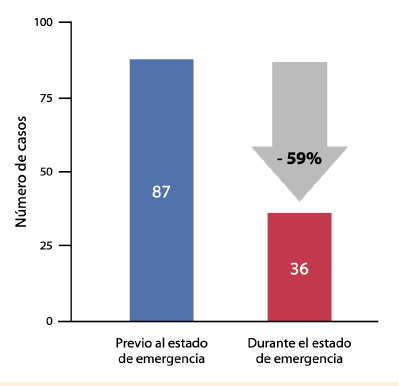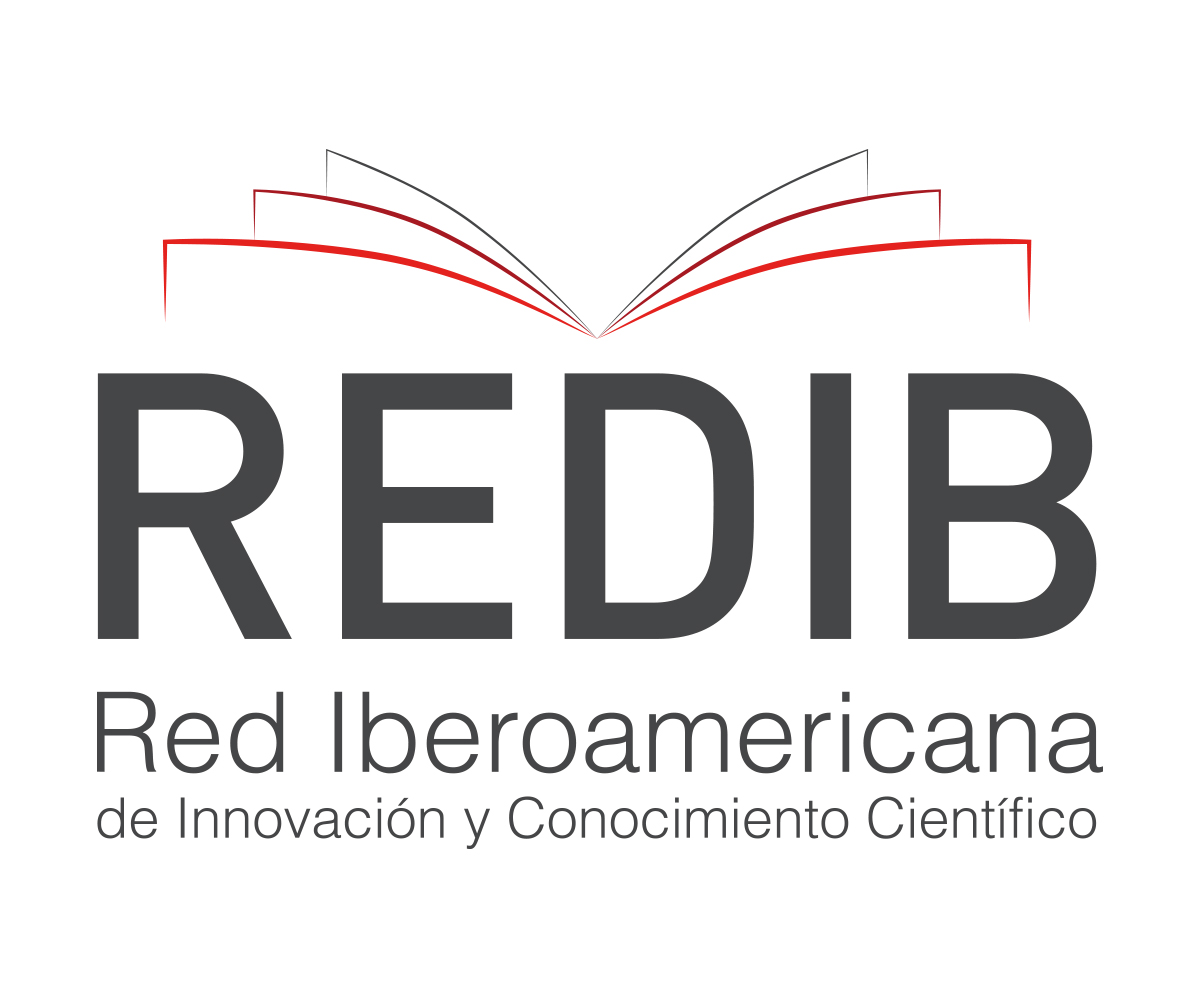Impact of the COVID-19 pandemic on ST- elevation myocardial infarction care in Peru
DOI:
https://doi.org/10.47487/apcyccv.v1i2.22Keywords:
myocardial infarction, COVID-19, SARS-CoV2Abstract
Abstract
Purpose: To compare the number of admissions, clinical features and therapeutic outcomes of patients treated for acute ST- elevation myocardial infarction (STEMI), before and after the COVID-19 pandemic state of emergency in Peru.
Methods: Comparative and descriptive study of cohorts, derivated from the PEruvian Registry of ST-segment Elevation Myocardial Infarction II (PERSTEMI II). We compared the patients treated for STEMI, between 45 days before and during the first 45 days of the COVID-19 state of emergency in Peru.
Results: During the first 45 days of the COVID-19 state of emergency, the team found a 59% decrease on the number of admissions for STEMI. There was a larger proportion of patients with high blood pressure and dyslipidemia. We noticed a decreasing trend in the access to reperfusion therapies (73% vs. 66.6%); the fibrinolysis was the most commonly used therapy. The most frequent reason of not reperfusion was the late onset >24 hours (41.7%, p=0.004). There was a trend of time reduction to first medical contact and less ischemia time to reperfusion. A lower incidence of post-infarction heart failure was registered. The mortality was similar in both groups (3.4% vs. 2.7%).
Conclusions: COVID-19 pandemic in Peru has generated a significant reduction of STEMI admissions and a trend in less use of reperfusion therapies. The late onset of patients was the most common reason of not reperfusion.
Key words:
Downloads

Downloads
Published
Issue
Section
License
Copyright (c) 2020 Archivos Peruanos de Cardiología y Cirugía Cardiovascular

This work is licensed under a Creative Commons Attribution 4.0 International License.














